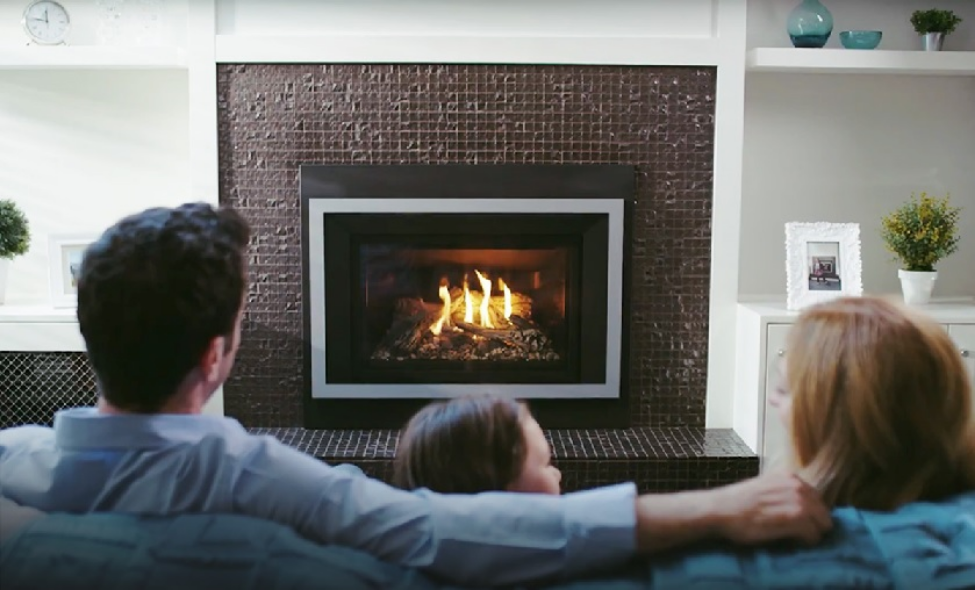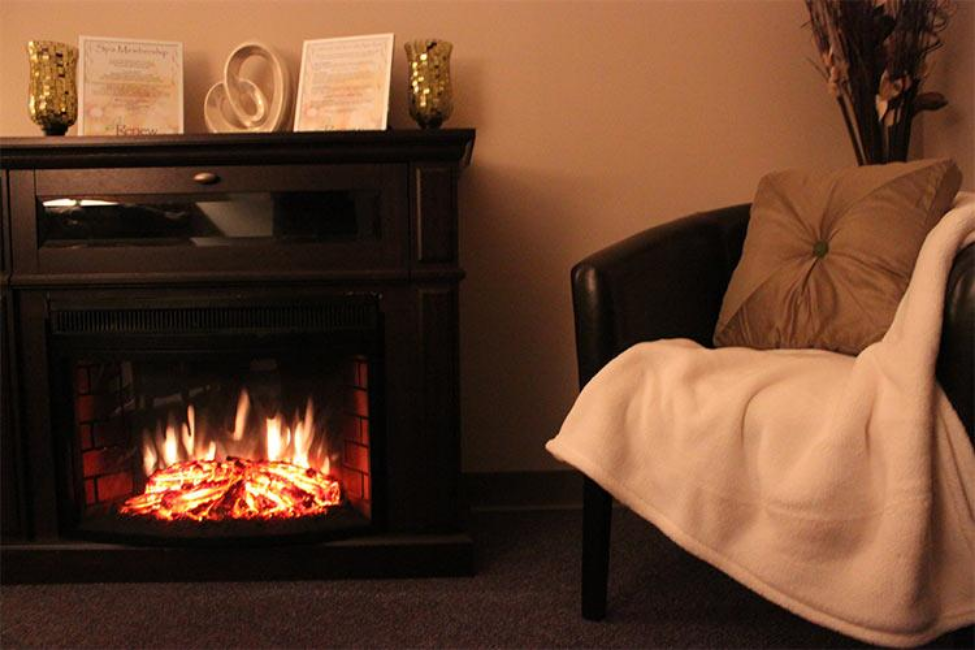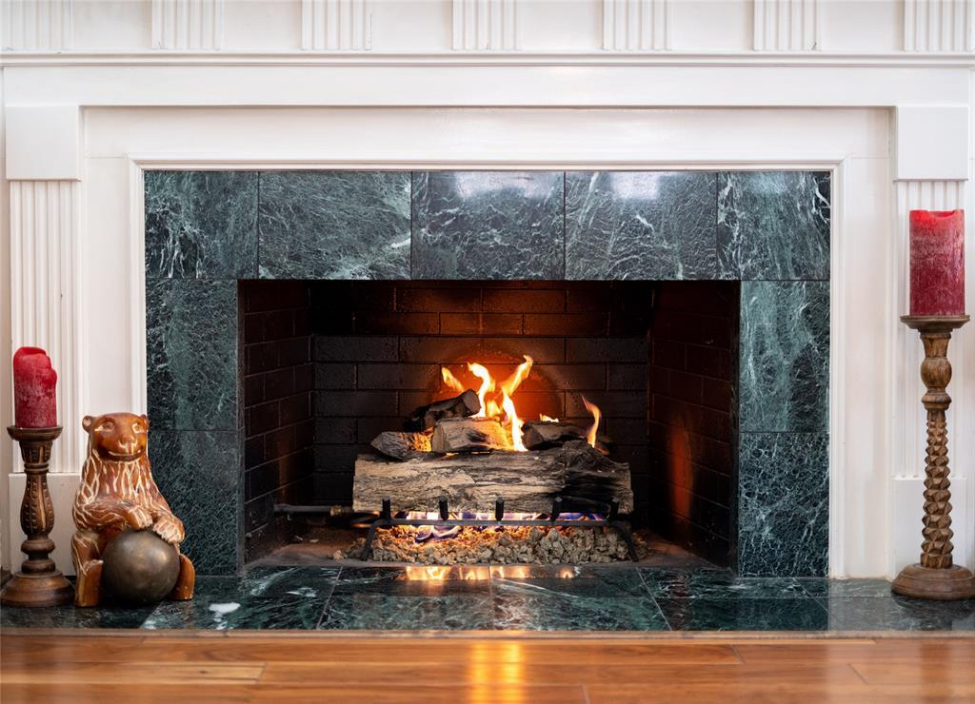Snuggling up to a fire is perhaps the most popular technique to stay warm when it’s chilly outside. A fireplace is also a source of delight since it gives character and warmth to a home in a way that no other feature can. But what about the effectiveness of heating?
Traditional open-hearth fireplaces are not particularly practical as a primary heating source; but, with a gas fireplace insert added, they become very efficient and have several significant benefits. Anyone who owns a fireplace and wants to utilize it while simultaneously reducing energy expenses and being as ecologically friendly as possible should know that a fireplace insert is a solution. With a fireplace insert, you can enjoy the elegance of a classic fireplace while also lowering your heating expenses.
What exactly is a fireplace insert?

A fireplace insert is a piece of equipment that is specially designed to be put within a stone masonry or factory constructed fireplace. The inserts, which are often made of cast iron or strong steel, feature glass doors that offer a view of the fire, keep it confined and provide an atmosphere in which the wood burns fully.
Fireplace inserts come in a variety of styles and may be used with a variety of fuels. Spend some time in our well-known showroom, where you may examine the many kinds of fireplace inserts. The inserts we sell may be the perfect beautiful accent to any space, whether put inside a brick fireplace or a factory constructed fireplace.
Types of fuel
Chimney inserts use a variety of fuels. Simply select the model that best meets your requirements or interests.
Wood: You may experience the pleasure of burning firewood while complying with EPA regulations in our service region. All of our products, including wood-burning fireplace inserts, are EPA2 certified, which is a must for homes in the San Joaquin Valley and many other parts of California.
Gas: Gas is the most practical fuel option to utilize in a fireplace insert. Start the fire by turning a switch, and easily adjust the temperature in the room.
Pellets: Pellet burning efficiency can reach up to 80%. A pellet insert is more comfortable than a wood burner.
Reduced heating expenses

You may significantly cut your energy expenditures by using fireplace inserts as your primary heat source. One effective method is zone heating, which involves just heating the rooms that require it. Because fireplace inserts are zero clearance appliances, they may be installed in almost any area in your house. One of the primary functions of a fireplace insert is to efficiently produce heat. Another significant advantage of using a fireplace insert is that it helps to safeguard the environment.
Because most of the heat escapes down the chimney, traditional open hearth fireplaces have an efficiency rating of just up to 10%. Fireplace inserts, on the other hand, attain heating efficiency rates ranging from more than 65 percent to 80 percent, depending on the fuel utilized.
Assist the environment
Whether you pick a fireplace insert that burns wood, gas, or pellets, utilizing your EPA-certified appliance will have a minimal impact on the environment. Some versions even cut emissions from wood-burning to near zero.
Avoiding a rebuild will save you money
A deteriorating fireplace does not need to be rebuilt. Instead, call our experts, who will assist you in selecting and installing a fireplace insert. A fireplace insert with installation costs a fraction of the price of replacing a fireplace and chimney.
If you are unclear whether your fireplace or fireplace needs to be fixed or rebuilt, the following characteristics are indicators that it should be repaired or rebuilt, or you may save money by installing a fireplace insert instead:
- If you have missing mortar joints and many cracks in your fireplace, your home may be at risk of catching fire when you use it.
- If the chimney is upstream and attempts to repair it so that ventilation works correctly fails.
- If you notice bricks or masonry fragments on the ceiling or the floor surrounding the fireplace, this might indicate that the fireplace is decaying.
- If there are any water leaks in the house, they should be located around the fireplace.


![How to Solve [pii_email_b4969755ef6881519767] Error Code](https://www.magazinespure.com/wp-content/uploads/2021/10/pii_email_9adeb2eb81f173c673a5-150x150.jpg)